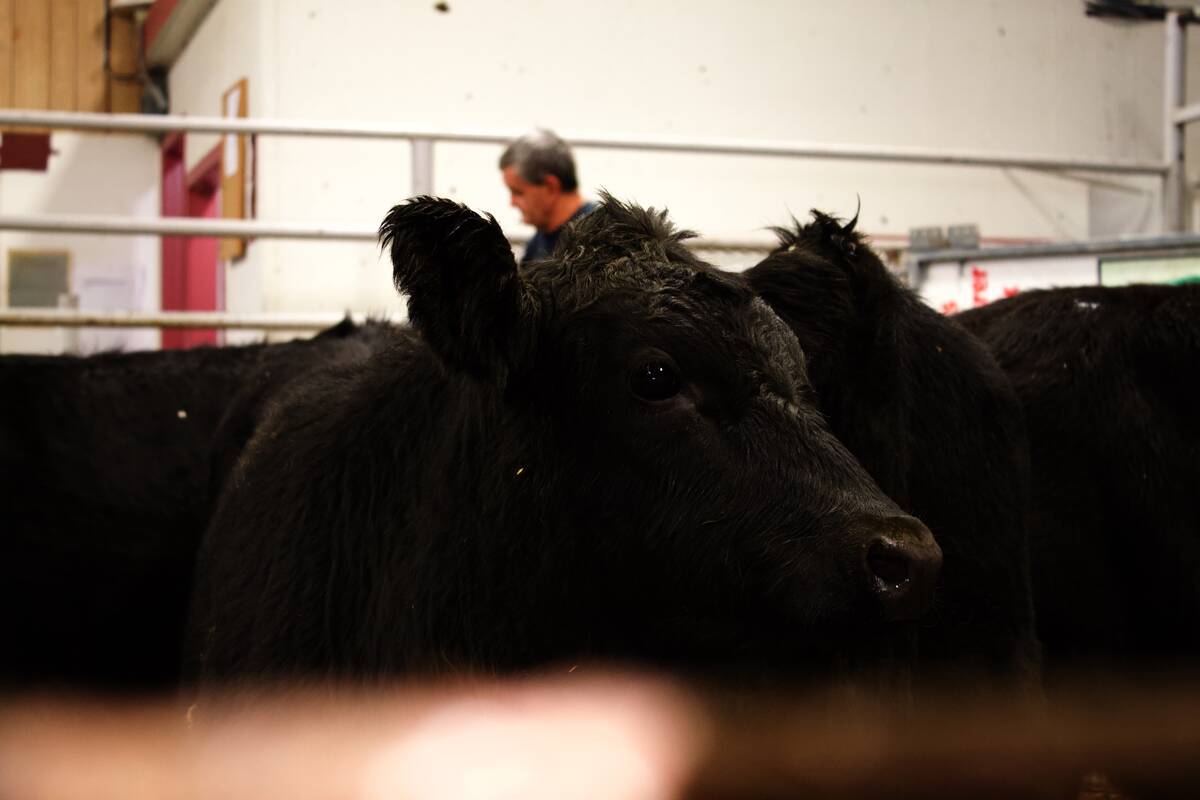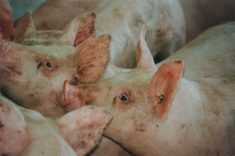Feeder cattle prices are $2 to $4 higher for the second week in a row. Prices have bounced off the recent lows as the available supplies begin to decline. Auction markets are experiencing the seasonal slowdown while buyers are contending with excessive rain.
Alberta and Saskatchewan feedlot conditions remain poor, with cattle up their bellies in manure. Despite the little buying interest in replacement cattle, feeder values appear to have a firm tone.
Feeder cattle exports have dropped under 3,000 head per week, down from the highs of 14,000 earlier in May. Exports usually slow during June and July and then start to increase in August. For the September through December timeframe, I expect feeder exports average 8,000 to 10,000 head per week. U.S. feeder supplies will be down from last year and this should bode well for Canadian cow-calf producers. U.S. auction markets were also experiencing adverse conditions, with central Oklahoma receiving nearly 12 inches of rain.
Read Also

U.S. livestock: Cattle, hog futures rise
Chicago livestock futures marched upward on Wednesday.
Feeder cattle just don’t look as attractive with a wet coat, as order buyers imagine higher death loss and never-ending complaints from customers. It is inevitable that these wet conditions curb buying enthusiasm in Canada and the U.S.
The U.S. and Canadian cow slaughter continue to exceed expectations, which will result in lower 2010 and 2011 calf crops. Smaller calf crops and lower feeder cattle placements result in lower beef production over the next couple years.
In conclusion, the nearby feeder market is incorporating a risk premium due to the uncertainty in upcoming supplies. Feedlots are concerned about fall availability. Potentially strong fed cattle prices in the spring of 2010 have caused light weight feeders to be very precious.
Beef demand looks more stable now that the equity markets have come off the recent lows. However, we need to see further increases in consumer confidence and lower U.S. unemployment numbers to sustain longer-term strength in the feeder cattle complex.
— Jerry Klassen is a commodity market analyst in Winnipeg and maintains an interest in the family feedlot in southern Alberta. He writes an in-depth biweekly commentary, Canadian Feedlot and Cattle Market Analysis, for feedlot operators in Canada. He can be reached by email at [email protected] or 204-287-8268 for questions or comments.
The material contained herein is for information purposes only and is not to be construed as an offer for the sale or purchase of securities, options and/or futures or futures options contracts. While the information in this publication cannot be guaranteed, it was obtained from sources believed to be reliable. The risk of loss in futures trading can be substantial. The article is an opinion only and may not be accurate about market direction in the future. Do not use this information to make buying or selling decision because adverse consequences may occur. This information may be wrong and may not be correct about current market conditions in all areas of Canada. This is an opinion only and not based on verified facts.















